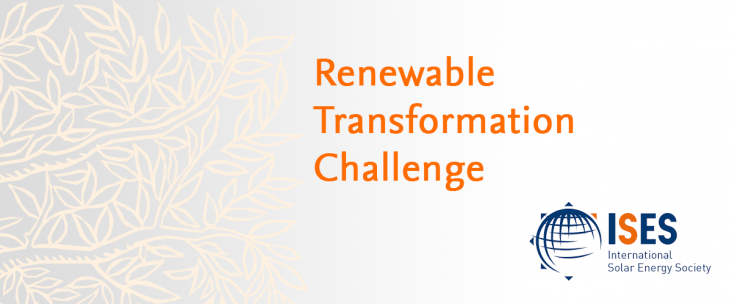
This paper provides a methodology for the holistic analysis of hybrid renewable energy systems in rural communities.
This book chapter advances SDG 7 by introducing electrification as a megatrend directly shaping not only the energy system but also society, global development, and energy politics internationally. In particular, it highlights the potential for electrification as a master solution for an accelerated transition to climate neutrality
Elsevier,
Clean Energy and Resources Recovery. Biomass Waste Based Biorefineries, Volume 1, 2021, Pages 465-486
This chapter advances SDGs 6 & 7 by presenting membrane technologies that can be used to purify wastewater and produce biomass for energy.
Elsevier,
Clean Energy and Resources Recovery. Biomass Waste Based Biorefineries, Volume 1, 2021, Pages 145-154
This chapter advances SDGs 6 & 7 by discussing how to convert gelatinous industry wastewater into useful chemicals and fuels.
Elsevier,
Clean Energy and Resource Recovery. Wastewater Treatment Plants as Biorefineries, Volume 2, 2022, Pages 17-36
This chapter advances SDGs 6 & 7 by critically examining the recent developments, opportunities, market possibilities, and barriers in resource recovery in wastewater treatment plants.
Elsevier,
Clean Energy and Resources Recovery, Biomass Waste Based Biorefineries, Volume 1, 2021, Pages 1-24
This chapter advances SDG 7, 11, and 13 by presenting the different ways valorizing agricultural residues for energy production, as a sustainable alternative to carbon emitting fossil fuels, while simultaneously reducing agricultural waste products.

To limit global warming to well-below 2°C (WB2C), fossil fuels must be replaced by low-carbon energy sources. Support for this transition is often dampened by the impact on fossil fuel jobs.
Owing to its versatility, biomass can be used for a range of CO2 mitigation and removal options.

Elsevier and the International Solar Energy Society (ISES) are pleased to announce the third biennial Renewable Transformation Challenge. If you have an innovative proposal which contributes to the goal of transitioning to 100% renewable energy, submit your application for a chance to win €20,000.
The lock down engendered by COVID-19 pandemic has impacted positively on the environment through reduction of the emissions of green house gases, CO2, CO and other pollutants into the atmosphere below
